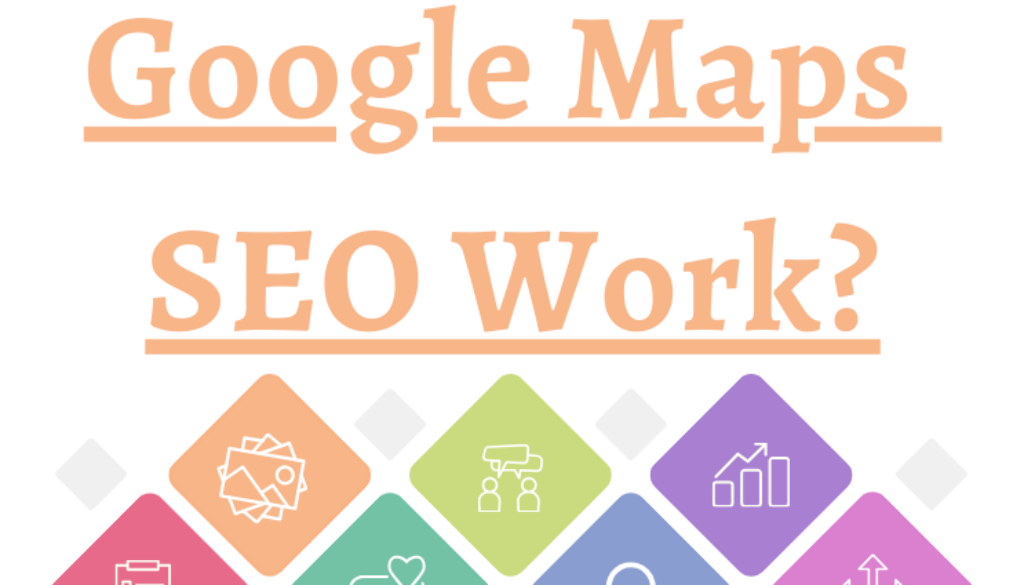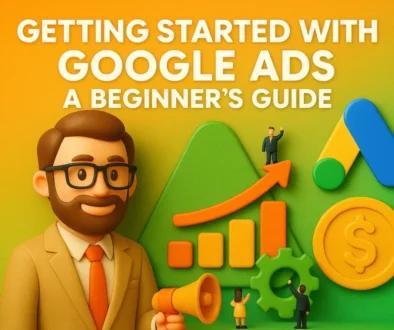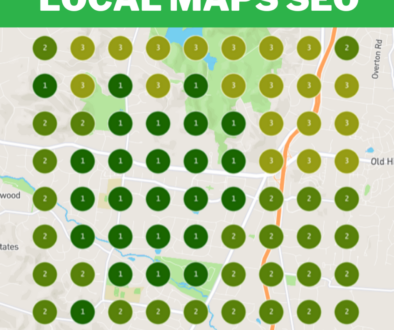How Does Google Maps SEO Work?
Are you looking to attract more local customers from Google? Getting your business to shine on Google Maps is absolutely crucial for driving nearby customers to your door. In fact, nearly 40–50% of people clicking on local searches go with one of the top 3 Google Maps results.
Showing up in that “Map Pack” (the first three listings on Maps) will, without a doubt, boost your local phone calls and in-person visits. The big question is, how do you get there?
Below, we’ll walk through the key steps to improve your Google Maps ranking by following the same principles we use to help our clients be found online. Let’s get started on making your business one of the first pins customers see on the map!
1. Claim and Verify Your Google Business Profile
First things first: make sure you own your Google Business Profile listing. If you haven’t claimed your business on Google Maps yet, now’s the time. Search for your business name on Google – if a profile appears on the right side of search results or on Maps, you’ll want to claim it. If it doesn’t exist yet, you can create one. Google will usually require a verification step (usually a video walk through) to prove you’re the business owner. This is no longer an easy process so consult a professional or someone who has recently done it.
Verification is essential – a verified profile is far more likely to show up in local searches. This step is foundational, because it unlocks your ability to optimize everything else. Google will tell you to use your actual business name when claiming the profile and to not stuff extra keywords or locations in the name. That’s generally best though you could add [business name] of [city] if you have multiple locations. That city is a good keyword to have. Google prefers the official business name and so starting off with just the name is best. You can edit it later once approved.
2. Complete Your Business Information
Now that you have control of your profile, fill it out thoroughly. Google rewards profiles that are comprehensive and accurate. Make sure your NAP – Name, Address, and Phone number – are not only correct on your Google listing, but also consistent with what’s on your website and other listings. Inconsistencies can confuse customers and search engines, so use the exact same spelling and formatting everywhere. Provide your business address (or service area if applicable), phone number, website URL, and email.
Choose the most accurate category for your business (and add secondary categories if they help describe what you do). Write a compelling business description that highlights your services and location (e.g., “family-owned Italian restaurant in Huntsville specializing in wood-fired pizza”). Include your operating hours and keep them updated – nobody likes showing up to a closed store because the hours were wrong online. The goal is to tell Google (and customers) everything about what you do and where you are so you match the right searches. The more complete and consistent your info, the more relevant Google will consider your business for local queries.
3. Add Photos That Showcase Your Business
A picture is worth a thousand searches. Profiles with photos not only look more appealing but also tend to rank better because they engage viewers. Upload high-quality photos of your business – for example, exterior shots (so people recognize your storefront), interior ambiance, team members, products or services being performed, menus, before-and-after examples – whatever is relevant to your business. Update these regularly if you can (seasonal decor, new products, happy customers, etc.). Visual content helps build trust and gives potential customers a feel for your business. Google themselves encourage adding photos to tell your business’s story. Also, images can improve engagement (people might click on your profile to see more), and higher engagement signals to Google that your listing is interesting and useful. Don’t forget to add a profile photo and cover photo that represent your brand well. Over time, encourage customers to add photos with their reviews too. An active, photo-rich profile signals that your business is active and thriving.
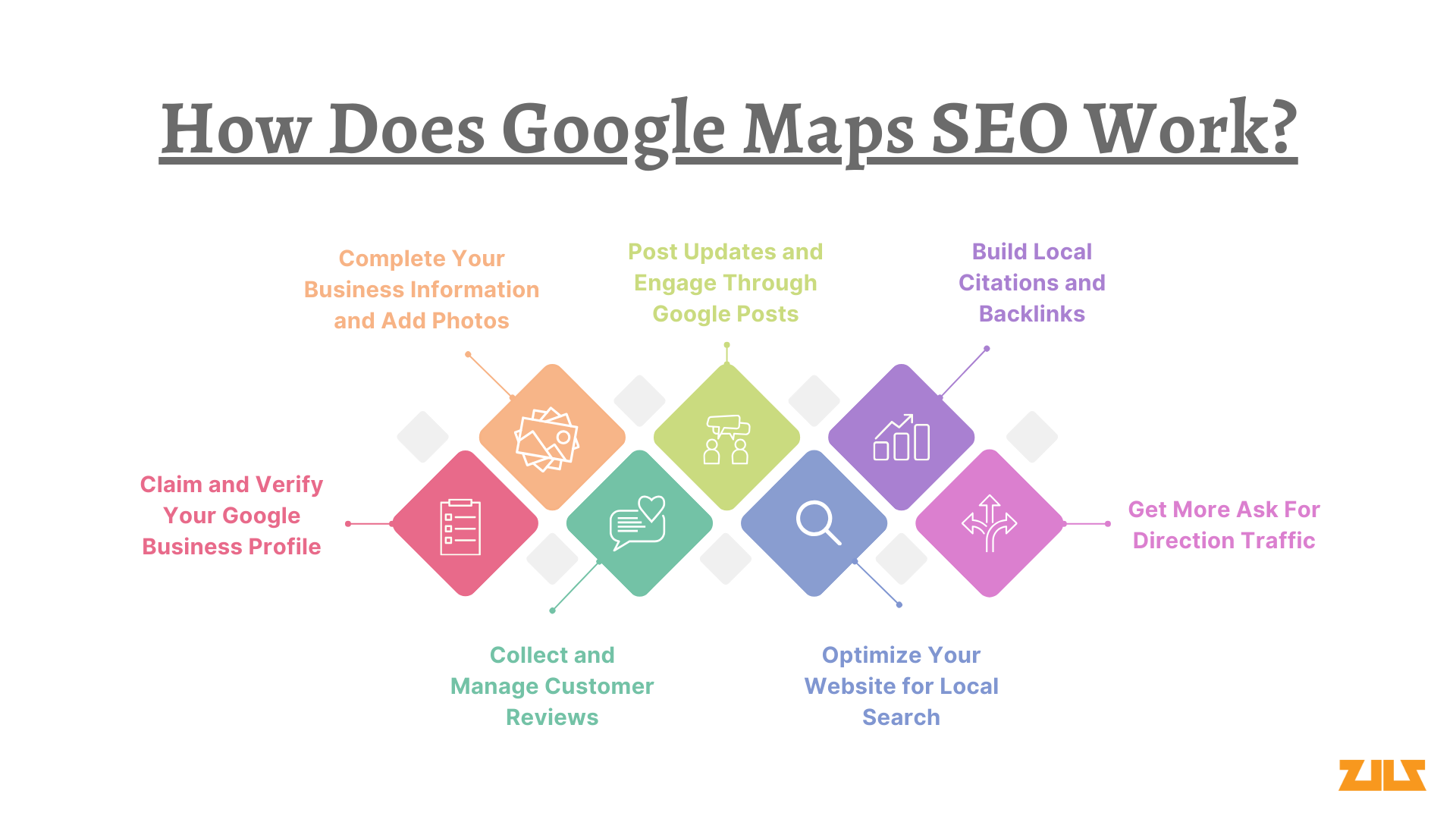
4. Collect and Manage Customer Reviews
Positive reviews are like gold for Google Maps SEO. They boost your credibility with both customers and the Google algorithm. In fact, Google’s local ranking considers the number and score of your reviews – more positive reviews can improve your visibility. Start by asking your happy customers to leave a Google review about their experience. You can do this via email follow-ups, a polite ask after a sale or service, or even a sign at your location with a QR code linking to your review page. Aim to earn a steady stream of reviews over time rather than a bunch all at once. Consistency looks natural and keeps your profile fresh.
Respond to every review, good or bad. Thank customers for glowing reviews to show appreciation. For the occasional negative review, respond professionally and helpfully – demonstrate that you care and are willing to resolve issues. This responsiveness not only impresses the person who wrote the review but also signals to others (and Google) that you’re engaged with your customers. Prospective customers often read reviews; seeing your thoughtful responses can tip them in your favor. Plus, an active review section tells Google you’re a real, trusted business.
Make reviews a REGULAR priority. They build prominence for your business online and foster trust in your community.
5. Post Updates and Engage Through Google Posts
Just like social media, your Google Business Profile lets you publish Posts – short updates that appear on your listing. Using this feature can give you a slight SEO edge and definitely creates a better experience for people checking you out. Take advantage by posting regular updates: announce a new product or service, share an upcoming event or special offer, highlight a customer testimonial, or even a quick tip relevant to your audience. For example, a local bookstore might post about a new author signing event, or a restaurant might share a weekly dinner special. These posts show that your business is active and engaged.
They can also incorporate local keywords (naturally) in the content, reinforcing your relevance. Aim to post at least once every week or two to keep your profile fresh. Each post can include an image, text, and a call-to-action button (like “Learn More” or “Call Now”). This not only can attract more clicks from searchers who find your profile, but it also signals to Google that you are regularly maintaining your presence. An up-to-date profile is more likely to be seen as relevant than one that’s been dormant for months.
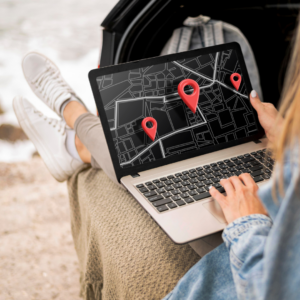
6. Optimize Your Website for Local Search
Your Google Maps listing doesn’t exist in a vacuum: it’s closely tied to your website and overall online presence. Think of your website and Google Business Profile working together as a team. A strong website can boost your Maps ranking, because Google looks at your website’s content and SEO as part of determining your local relevance and prominence. Make sure your website clearly mentions your location and the services/products you offer. Simple steps like embedding a Google Map with your business marker on your site’s contact page, and including your business’s name, address, and phone (again, exactly as it appears on your Google listing) on every page footer or contact page, help reinforce consistency.
Make localized content like a blog post about “How to Choose the Best Roofer in [Your City]” if you’re a roofing company, or a page highlighting your work in the specific neighborhoods you serve. Such content can include geo-specific keywords that improve your chances of showing up in local results. Also, ensure your site follows general SEO best practices (fast loading, mobile-friendly design, good metadata, etc.). Your position in regular search results influences your Maps ranking too. If your website itself ranks well for local keywords, your business profile is more likely to rank well on Maps. In short, don’t neglect your website; optimize it hand-in-hand with your Google Business Profile for the best outcome.
7. Build Local Citations and Backlinks
Beyond Google’s own platform, it helps to have your business information out there on other reputable websites. A citation is any mention of your business name, address, and phone on another website (like online directories, industry sites, local chambers of commerce, Yelp, Yellow Pages, etc.). Getting listed on authoritative directories (especially ones relevant to your industry or city) can improve your credibility. Make sure any listings you create have the exact same NAP details as your Google profile. This consistency across the web boosts Google’s confidence in your business details.
Earning some backlinks (links from other sites to your site) can increase your overall prominence. Consider reaching out to local bloggers or news sites with a great story or update about your business, or perhaps sponsor a local event or charity and definitely ask for a link! If you’re a member of any professional organizations or have partners, see if they’ll link to your site. Each quality backlink is like a vote of confidence for your business. While backlinks to your website aren’t directly on your Google Business Profile, they improve your website’s authority, which, as noted, ties into your profile’s performance. The key is to focus on quality over quantity – a few links from well-regarded local websites will do far more for you than dozens of links from random, low-quality sites.
8. Keep Your Information Fresh and Monitor Your Progress
Local SEO is not a one-and-done task. To stay on top, you need to keep an eye on your profile and update it as your business evolves. Make it a habit to review your Google Business Profile at least once a month. Are your hours still accurate with the season or holidays? Did you add a new service or move to a new address? Update those details right away so customers always get correct information (and Google continues to trust your data).
Continue to gather reviews over time and respond promptly. Also, pay attention to the Insights Google provides in your Business Profile dashboard – these show how people find your listing and what actions they take (calls, clicks for directions, etc.). It’s a goldmine of feedback. For example, if you notice a lot of people searching for “wedding cakes near me” and clicking your bakery profile, you might create a post about wedding cakes or ensure your website’s wedding cake page is top-notch. Additionally, keep an eye on your rankings by doing occasional spot-checks (search for your services in incognito mode or using Google’s location setting to simulate different areas).
There are also tools that can track your local search rankings over time. By monitoring, you’ll know what’s working and can catch any slip in performance early. Staying proactive and adjusting your strategy will help you maintain that hard-earned spot in the Maps top results.
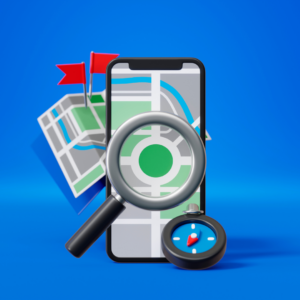
9. Direction Traffic – Special Secret Sauce
Zellus knows what Google wants from maps. One of the biggest ranking signals is people searching a keyword, scrolling to you, and getting directions to drive to you. Have your employees or friendly customers to do this occasionally for you. We also have methods to help with this traffic. Ones we don’t post on the blog so contact us (WINK WINK!)
Be Visible, Be Trusted, Be Chosen
Improving your Google Maps ranking comes down to boosting your relevance and trust in the eyes of both customers and Google’s algorithm. By following these steps, you’re building a strong local foundation. Much like we tell our own clients, consistency and authenticity win in local SEO. Don’t be discouraged if it takes a little time to climb the ranks; local competition can be fierce, but the payoff is worth it.
When a customer nearby searches for the service you offer, and your name pops up in that Maps top 3, you’ve just dramatically increased the chances of winning a new customer. Stay committed to these best practices, and let your great service do the rest. Before long, people will be finding your business on Google Maps with ease – and you’ll be enjoying more calls, visits, and sales as a result. If you need a hand along the way, we’re always here to help guide you. Now, let’s put your business on the map!
